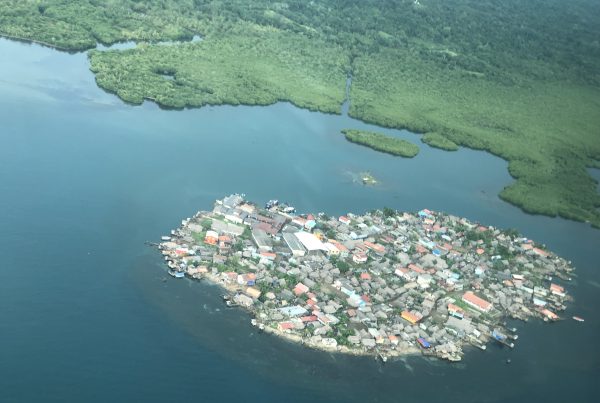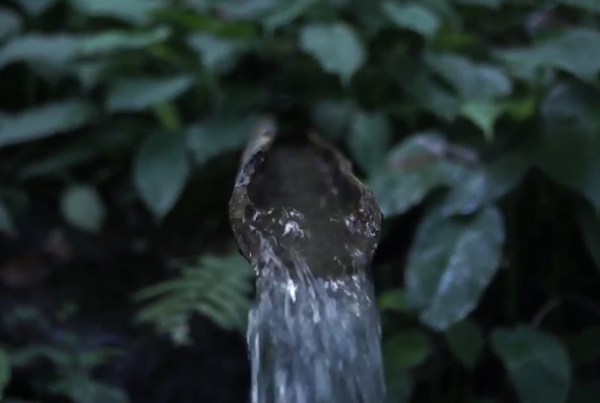Ngati Hine is a fishing nation in Aotearoa/New Zealand which cultivates a day to day relationship with eels. We maintain a high level of traditional knowledge and customary use, including on how to transfer and hold eels in boxes for up to twelve months. There is much concern over elvers (baby eels, tangariki in Māori) due to the man-made and natural obstructions within our catchments. Local environmental guardians (kaitiaki)[footnote]Kaitiaki means environmental guardian[/footnote] have historically helped transfer the elvers above waterfalls and continue this practice today. This is embodied in the local story of a supernatural being tanisha [footnote]Taniwha means supernatural creature[/footnote],[Rangiriri, who saw young children using a kete (tightly woven flax basket) to help elvers up the waterfall at Otiria over 400 years ago.
In the 1980s a study was carried out on Ngati Hine eel harvesting that found that customary harvest practices producing approximately 30,000 kg of food were sustainable over a seven year period. Over the past ten years, Ngati Hine, alongside other customary and commercial fishers, have expressed concerns over declining eel populations. In 2011, we completed an eel population survey with the support of the National Institute of Water and Atmospheric Research, peer reviewed by the Ministry of Fisheries. The report confirmed the following: long fin female numbers are low in the upper catchments; there are several eel passage obstructions; significant habitats are degraded; there are lakes with the potential for stocking where eels can mature within four years, and there is potential to establish a nationally significant reserve area on the lower Taumarere River. A pilot project was subsequently designed to address these issues. The project vision was to enhance the relationship of local people with the eel population within Ngati Hine catchments as a pilot strategy that can be implemented across the North Island. The project is called “Kete Tangariki” and its main objectives are to:
- Improve eel populations for customary and commercial interests;
- Improve habitat appropriate for eels;
- Support local, established and new, customary and commercial fishermen;
- Advocate for laws and policies to improve eel management, engaging the local and central government, industry and the public.
Snapshot of outcomes and successes from the project are as follows:
- The ideal eel habitat and methods of improvement, such as riparian planting (a traditional method of water management) were discussed. Underground wetlands were identified as important unique habitats which Ngati Hine must maintain.
- Impacts of farming and pine forestry were identified as having harmful effects on elvers and eel habitats. Following these discussions, priority sites for enhancing this work were identified.
The pilot project brought together customary and commercial fishers from around the country who built stronger relationships with each other through improved respect and understanding. There is a strong desire to continue this journey of assessing the on-going health and management of eels.
Ngati Hine provided information to the international panel reviewing the state of eels, which assessed its monitoring information. Since the review, the Ministry for Primary Industries has contracted Ngati Hine to carry out a national inventory of indigenous communities’ monitoring of eel stocks and has discussed whether we would be interested in adapting a common methodology so that we can contribute to national reports on the status of eels. The results and any future work on this inventory will ultimately influence regulations surrounding sustainable fishing in Aotearoa.
Les traductions en français et en espagnol seront disponibles d’ici la fin du mois de mars 2022.
Las traducciones al francés y al español estarán disponibles a finales de marzo de 2022.



